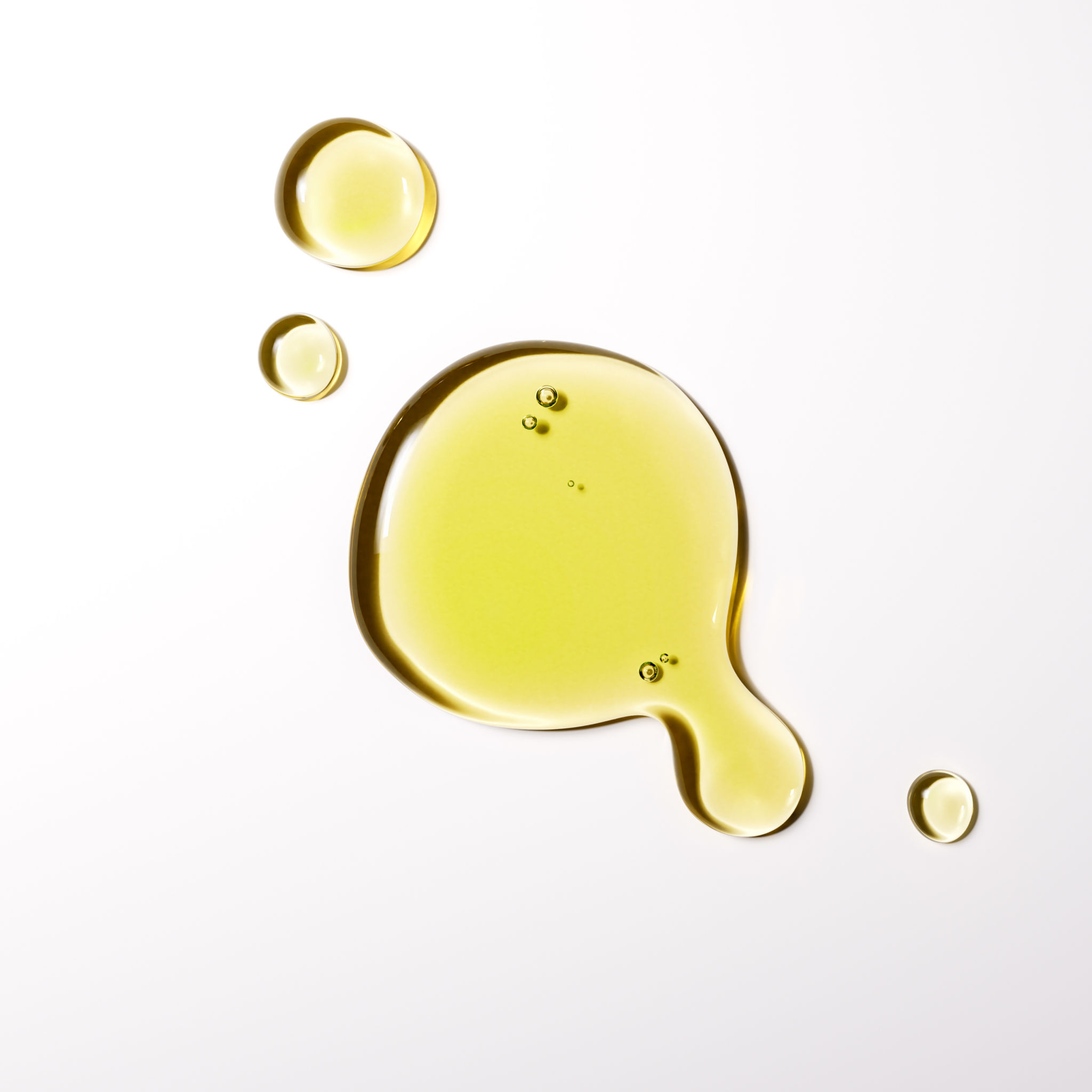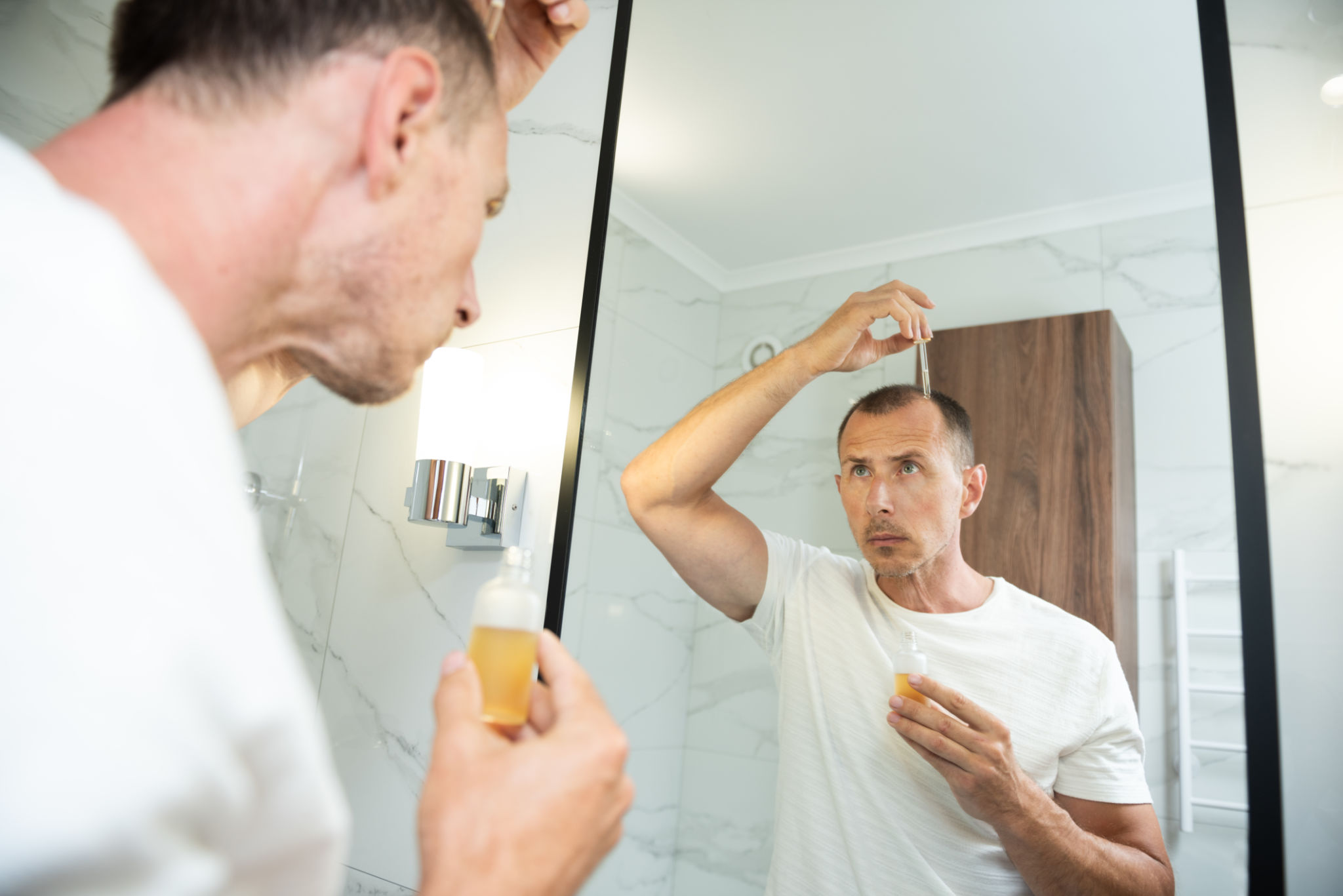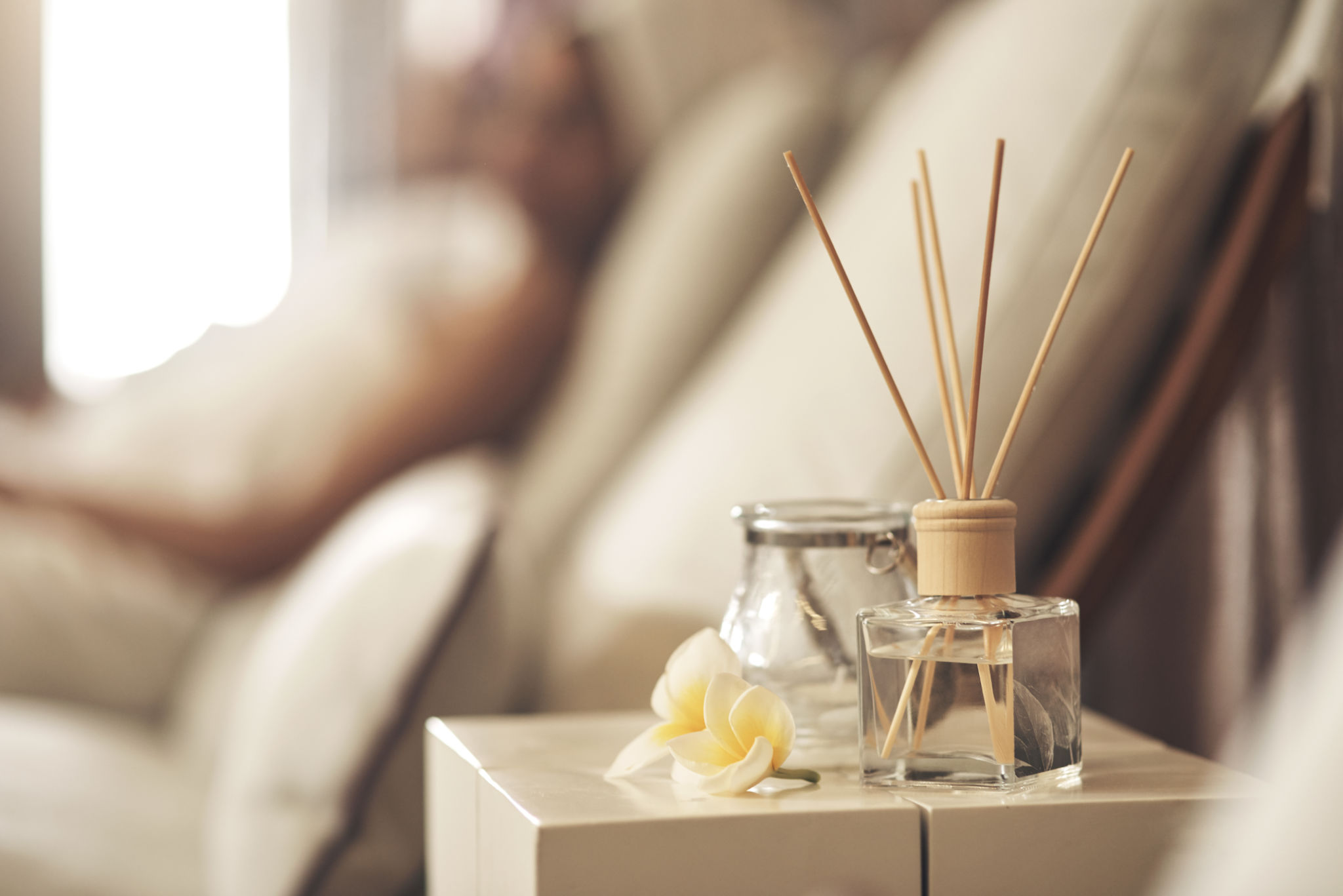DIY Aromatherapy: How to Use Essential Oils Safely at Home
Understanding Essential Oils
Essential oils have become a popular choice for those looking to enhance their well-being naturally. These concentrated plant extracts are celebrated for their aromatic properties and potential health benefits. However, it's important to understand how to use them safely to avoid adverse effects.
Before diving into DIY aromatherapy, it's crucial to recognize that not all essential oils are created equal. Quality can vary significantly, so it's vital to choose pure, therapeutic-grade oils from reputable sources. This ensures you're getting a product without synthetic additives or contaminants.

Basic Safety Guidelines
When using essential oils at home, safety should always be your top priority. Start by conducting a patch test. Apply a small amount of diluted oil on your skin and wait 24 hours to see if there's any reaction. This helps prevent irritation or allergic responses.
It's also essential to dilute essential oils with a carrier oil, such as coconut or almond oil, before applying them to the skin. A typical dilution ratio is 2-3 drops of essential oil per teaspoon of carrier oil. This minimizes the risk of skin irritation while maintaining the oil's therapeutic properties.

Aromatherapy Methods
There are several ways to enjoy the benefits of essential oils at home. One popular method is using a diffuser. By adding a few drops of your favorite essential oil to water in a diffuser, you can fill your space with a delightful scent that promotes relaxation and well-being.
An alternative method is creating a DIY room spray. Combine water, a small amount of alcohol, and a few drops of essential oil in a spray bottle. Shake well and mist around the room for an instant refresh. Ensure you avoid spraying directly on furniture or fabrics to prevent staining.

Essential Oils for Different Needs
Essential oils can address various needs and preferences. For relaxation, consider lavender or chamomile, known for their calming properties. If you need an energy boost, peppermint or citrus oils like lemon and orange can help invigorate your senses.
For creating a spa-like atmosphere, eucalyptus and tea tree oils are excellent choices due to their refreshing and purifying effects. Remember to experiment and find the scents that resonate with you, but always adhere to safety guidelines.
Storage and Shelf Life
Proper storage of essential oils is crucial for maintaining their efficacy. Keep them in a cool, dark place, away from direct sunlight and heat. Ensure bottles are tightly sealed to prevent oxidation and evaporation.
Typically, essential oils have a shelf life of 1-2 years, though this can vary depending on the type of oil. Citrus oils, for instance, tend to have a shorter lifespan. Regularly check your oils for any changes in aroma or consistency that might indicate they've expired.

Conclusion
DIY aromatherapy can be a rewarding and beneficial practice when done safely. By understanding the properties of essential oils and following basic safety guidelines, you can create a soothing environment in your home. Always prioritize quality and educate yourself on the specific needs and preferences of your household.
Whether you're seeking relaxation, energy, or purification, essential oils offer a natural solution. Embrace the art of aromatherapy and discover how these fragrant extracts can enhance your daily life.
